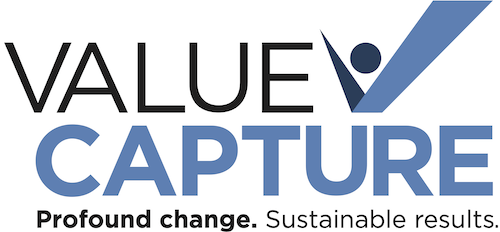CLIENT Case study
University of Virginia Health System: Improving Patient Outcomes and Reducing Cost
reduction in mortality
reduction in catheter-associated bloodstream infections
reduction in DART rate
Key Results:
- 62% reduction in catheter-associated urinary tract infections (CAUTI)
- 87% reduction in catheter-associated blood stream infections (CABSI)
- 68% reduction in C. diff infections
- 83% reduction in mortality
- 80% reduction in hospital acquired pressure ulcers (HAPU)
- 22% reduction in hospital supply costs ($3.1 million)
- Reductions in CLABSI, c. diff., mortality,
- 50% reduction in DART rate (Days Away/Restricted or Transfer Rate) for staff
In just two years with Value Capture, this health system saved millions of dollars while improving patient outcomes and reducing mortality. Even more remarkable, hospital staff recognizes the long-term benefits of the process and is enthusiastic about integrating it into policies and practices system-wide.
In a partnership with Value Capture, this major academic health center has improved patient safety and outcomes and reduced mortality while saving money. Importantly, hospital team members recognize the benefits of the process and are enthusiastic about broadening the impact across the system.
The leadership team at the University of Virginia Health System (UVA) was determined to take its clinical and research excellence to the next level and ensure the organization’s long-term vitality. As with most healthcare organizations, however, the intense challenges and rapid changes underway in today’s healthcare environment were creating daunting obstacles.
So, they took bold action. UVA Executive Vice President for Health Affairs Dr. Richard Shannon, MD, had experienced significant improvements in safety, clinical outcomes, and value improvement in previous positions with the University of Pennsylvania Health System and Allegheny General Hospital. In both cases, Shannon had utilized Value Capture’s transformation model to drive the organizational change needed to produce highly desired results.
The UVA leadership team wanted all of that and more. They engaged Value Capture to advise and help embed advanced continuous improvement across the organization, in pursuit of sustained results.
The process, they realized, would challenge entrenched practices and push people to work and manage in new ways. But the potential for profound progress across clinical, financial, human resources, patient satisfaction, safety and other measures spurred them forward.
Two years into the engagement, the team at UVA made substantial progress across critical metrics.
For example, between 2013 and 2015, catheter-associated urinary tract infections (CAUTI) declined by 62%, and between 2014 and 2015, UVA’s Sepsis mortality rate also greatly improved. Meanwhile, efforts to improve stocking and supply chain issues have resulted in a redesigned supply system that has reduced supply costs by 22%, which will save $3.1 million annually when applied hospital-wide.
Two years after the conclusion of Value Capture’s formal Trusted Advisory support and focus on capability transfer, UVA publicly reported the following accelerating results:
| Harm | FY 13 | FY 17 |
|---|---|---|
| CaBSI | 118 | 15 |
| CaUTI | 166 | 21 |
| C.Diff (FY16) | 177 | 56 |
| Mortality | 813 (79) | 692 (13) |
| HAPU | 211 | 41 |
| TMI | 708 | 623 |
| DART (worker injury rate) | 6.13 | 3.05 |
Dr. Shannon points to the elimination of waste as an essential objective not only for UVA, but also for health care in general. As he explained at a health system event, “The salvation of the American health care system rests in grappling with the nearly one-third of our expenditure that is waste.”
Identifying True North: Perfect Safety
UVA began the effort with an assessment facilitated by Value Capture. UVA leadership developed a “True North” goal — for UVA to be the safest place for patients to receive care and the safest place for team members to work. Today, that True North is the guiding force behind UVA’s “Be Safe” program and a go-to mantra for the organization.
UVA now uses perfect safety as a galvanizing goal; it’s something every employee believes in and rallies behind. Perhaps even more significant, UVA leadership found that in the process of pursuing perfect safety, hospital staff inevitably had to tackle related issues throughout the system, helping make progress toward desired quality improvement and waste reduction outcomes as well. It was a profound and powerful insight.
Pilot Programs Yield Real Results
With their True North identified, UVA quickly got to work applying the Be Safe methodology in two pilot units – the Medical Intensive Care Unit (MICU) and an acute-care medical/surgical unit. Value Capture helped teach Unit-Based Leadership Teams (UBLs) to involve a multidisciplinary group in a process that utilized the scientific method to identify problems and their causes, then propose, test and implement solutions.
- Supply Chain Improvements Deliver Happier Nurses, More Value-Added Time with Patients, and Lower Supply Costs
For example, leaders of the organization observed front line team members and saw that almost 30% of their time was spent hunting and fetching supplies needed for patient care. An acute care unit and the supply chain team accepted the challenge of redesigning systems for sourcing and storing supplies. Their rationale: supply costs were over budget, and staff time spent searching for supplies was not only inefficient, but also made work less satisfying. The team identified, tested and implemented dozens of improvements—and improvement work is ongoing. So far the impacts are encouraging:

- Standardized Care Reduces Infections
On the Be Safe pilot units, one of the first priorities to be identified was the development of standardized work practices for critical patient clinical needs. An analysis of pericare, for example, showed wide variation in the number and sequence of steps required—resulting in CAUTIs, lost time and added costs.
The pilot teams, later joined by their colleagues from other units, utilized direct observation, tracking catheter-related procedures to identify where value was being lost and why. The team has worked through dozens of issues, including the creation of standardized practices and the consistent use and availability of needed supplies. Training programs were implemented and standard work is being tested that gives all personnel the opportunity to suggest additional improvements.
Every time an infection occurs, the team utilizes a Real-Time Problem Solving process, conducting timely, thorough investigations to continue to identify and correct problems. They then put this knowledge to work system-wide.
- Cardiac Value Stream Approach Reduces Patient Length of Stay in Pre-Anesthesia Evaluation and Testing Clinic
Working with Value Capture, senior leaders saw an opportunity to use a Value Stream approach to understand the whole system of care. They carefully observed the patient path through the system, from the time they opted for surgery through discharge, to see if any opportunities existed. Six main themes of opportunity were uncovered as a result of the value stream mapping: Scheduling of Procedures, Coordination of Pre-Surgery Activities, Thoracic and Cardiovascular Intensive Care Unit Coordination, Coordination and Timing of Discharge Activities, Equipment and Supplies, and Information Flow. As one of the first faces of the hospital to the patient, the Coordination of Pre-Surgery Activities within the Pre-Anesthesia Evaluation and Testing Clinic (PETC) was chosen as the first area for focused improvement within the Cardiac Value Stream.
A cross-functional team was formed to learn how to improve processes using value stream thinking. They immediately identified opportunities to improve the overall patient length of stay in PETC. A big driver was the high variability in the length of time for nurse visits. Two major activities were piloted in order to help reduce the variation of the nurse visit and improve the quality of information gathered: 5S the nursing offices so that everyone had what they needed no matter where they worked, and charting into the information system in real time. The results showed approximately a 30% reduction in length of stay in PETC with improved quality of patient charts:

In Pursuit of System-Wide Transformation
In tandem with the development and extension of these and other pilot programs, Value Capture advised as the UVA team developed tools, processes and cultural shifts to help embed and sustain ongoing continuous improvement system-wide. “Delivery of perpetual excellence requires complete engagement,” Dr. Shannon noted in a recent presentation. For example:
- “Be Safe”
The overarching effort at UVA, Be Safe is intended to advance the health system’s status as a high-performing organization by systematically applying the scientific method to improve the safety of patients and the workforce. The ideal will be reached when all team members act to eliminate every safety event and are engaged in all their work to improve UVA’s care and service.
- Situation Room
To make every safety event visible and to help ensure uniformity of process and progress across the organization, the UVA team established a daily leadership huddle. Everyone is welcome and key leaders meet daily to ensure every event of harm is investigated and that teams have the necessary support and resources to be successful.
- Help Chains
To ensure effective real-time problem solving, UVA established a response mechanism that calls for resolution of any patient or team member safety event first by the care providers and then by the local improvement teams, utilizing a standardized review and problem-solving process. If resolution cannot be achieved at one level, it is escalated up, eventually reaching the CEO if necessary. When fully mature, responsibility for resolution will be a natural part of everyone’s job. As Dr. Shannon noted at a health system event, “Your boss is not your customer—the patient is.”
Today, UVA is continuing to pursue its “Be Safe” objectives and replicate advances for continuous improvement throughout its operations with the goal of saving lives, reducing costs, and improving patient and team member satisfaction.
Ready to start a conversation with Value Capture?
We'd love to talk with you about the challenges you're facing.



